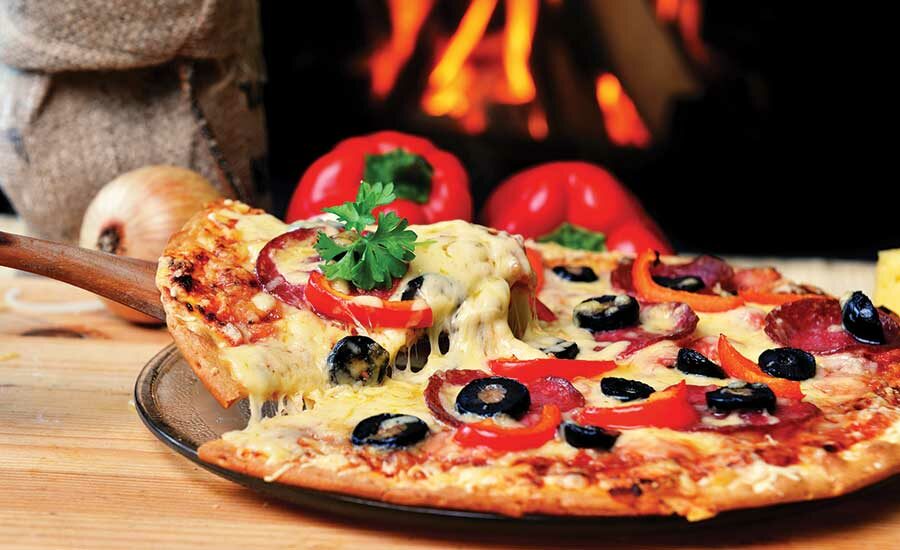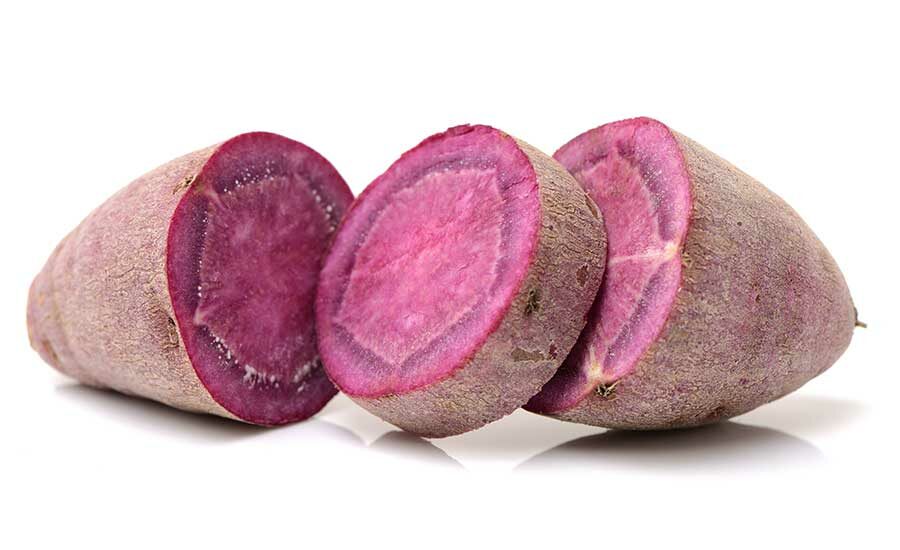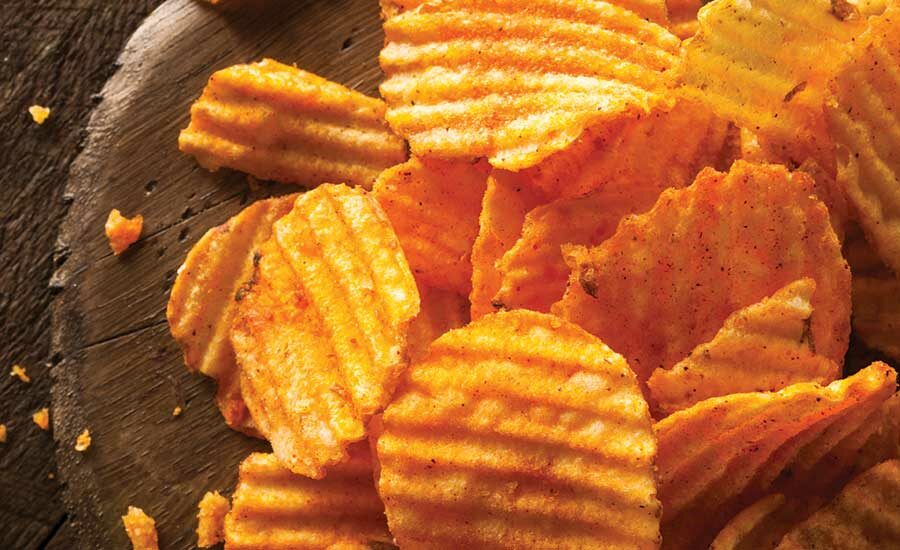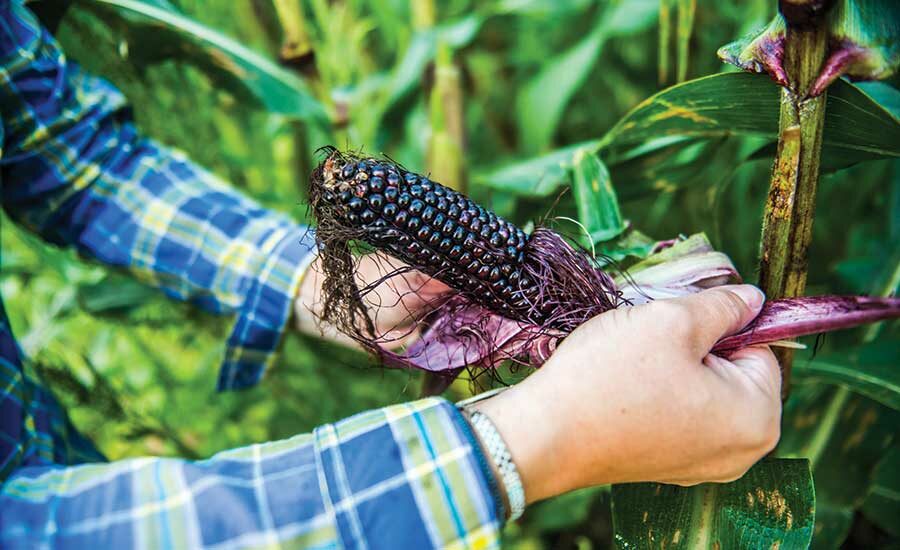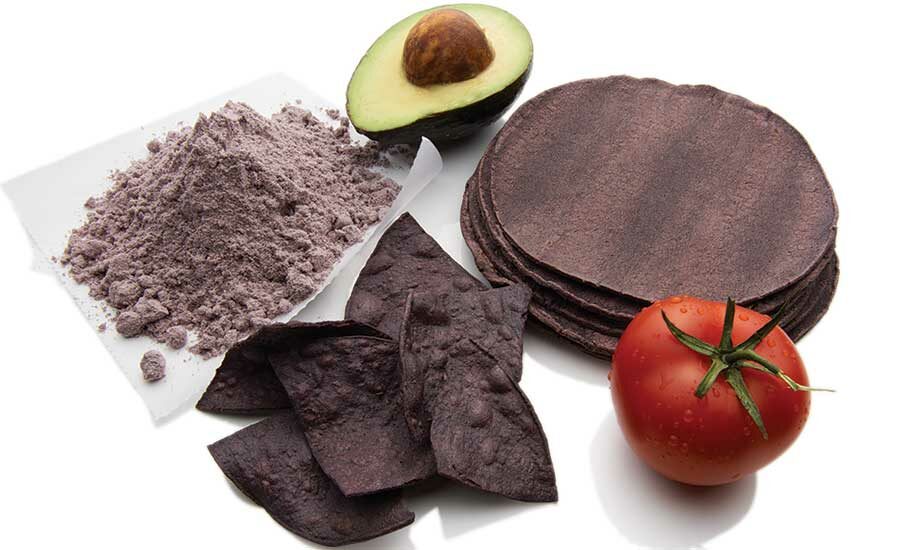Both flavor and color suppliers are continuing to bring new solutions to their clients, to meet the demands of the marketplace.
I used to be a purist. Ice cream? Vanilla. Chips? Plain. Cake? White with white icing. Need I mention that my favorite shoes were white Keds?
My New York–born husband attributed my Midwestern upbringing as the likely cause for my white-food affliction. In my defense, I countered that I preferred not to have any fancy flavor or color distracting me from enjoying some of my favorite treats.
And then, a funny thing happened: I discovered jalapeño chips.
Yes, luckily for all of us, there has been a veritable explosion of choices in both flavors and colors across our snack and bakery categories. Our favorite foods come in so many exciting choices that it can be overwhelming. So many chips, so little time.
Most brands do not have the market reach of Frito-Lay, which has cultivated the promotional art of soliciting new flavors from thousands of consumers, including far-flung chip flavor ideas like Chicken & Waffles, Southern Biscuits & Gravy and Beer & Brats. Other options like Chile Limón, Dill Pickle and Pico de Gallo might hit closer to home—and might even be possible with natural ingredients.
Regardless of the approach, flavor and color houses across the industry are looking at today’s trends to deduce which characteristics will resonate with increasingly adventuresome consumers.
Culinary cues
“The popularity of ethnic foods among consumers has been climbing sharply over the past several years,” says Colleen McDonald, marketing manager, Wixon, St. Francis, WI. “Palates evolve, and consumers are moving out of their comfort zones to explore bolder flavors and more culturally diverse flavors. They are taking their dining cues from spicy and authentic flavors from Latin, Asian, African and Indian cuisines and seeking variety from these sources. The trend of adventurous eating, paired with heightened consumer awareness, indicates that consumers are going to be looking for flavors that deliver new and unique palate experiences.”
Roger Lane, marketing manager, savory flavors, Sensient Flavors, Hoffman Estates, IL, sees ethnic flavors growing more specific. “Consumers are beginning to seek out more authentic and regional flavors,” he says. “Where once a Chinese-flavor-inspired snack was popular, we’re seeing interest in Vietnamese, Filipino and Middle Eastern flavors.”
In addition to authentic international flavors, consumers are also becoming more interested and educated in the culinary arts. “There has been a proliferation of restaurants focusing their concept entirely on open-hearth cooking,” says Nick Lombardo, applications scientist, Flavorchem Corp., Downers Grove, IL. “With this cooking method came charring as a flavor component on the menu. An innovative flavor profile that I see growing is intentionally charred or deeply caramelized vegetables and fruits. This flavor is not to be confused with smokiness. Bitterness is achieved by charring the product over direct or radiant heat. People often forget that bitterness is just as important a taste as umami, sweet, sour, salt and fattiness. All need to play in harmony for a delicious profile.”
A natural approach
Select demographics these days are also particularly concerned about nutrition and clean-label ingredients. Anton Angelich, group vice president, Virginia Dare, Brooklyn, NY, sees consumers “on a quest for transparency, preferring products with ingredients that are simple and ‘free from,’ avoiding GMOs, trans fats, gluten, preservatives and artificial colors and flavors.”
Some applications present more challenges than others when it comes to having suitable natural flavors. High-heat snack applications, like frying, can be difficult, where “flavors tend to flash off,” says Lane. “However, Sensient has a range of flavors specifically created for this type of application, formulated to maintain intensity through a range of temperatures.”
Lane also comments that “seasonings can be notoriously ‘dirty’ when it comes to labeling. Sensient also has created clean-label seasonings to provide customers with the ability to maintain a clean label without sacrificing any flavor. By offering a cleaner, low-ingredient solution, our customers maintain product integrity.”
Angelich observes that our quest for healthy products has created another hurdle for formulators. “Nutrition bars have added efficacious nutritional ingredients such as minerals, vitamins or proteins,” he says. “Often, adding these ingredients can produce undesirable off-notes. The use of natural masking flavors can help eliminate or reduce off-notes. When working with masking systems, one size does not fit all. Virginia Dare has an extensive portfolio of masking systems and our experienced technology staff can recommend which masking approach will work best in a customer’s application.”
Clean-label color
Color can be a visual cue that a product’s flavor is both authentic and appetizing—and even that it has positive nutritional aspects. This is one reason deep purples are trending up, notes Karen Brimmer, bakery and dry grocery application manager, Sensient Colors, St. Louis.
“Deep purples bring ‘superfruit’ claims to life, driven by consumer demand for more functional ingredients like the antioxidants delivered by many purple berries and vegetables,” says Brimmer. In addition to deep purples, she suggests natural browns to replace Class III and Class IV caramel colors.
Over the past few years, Sethness Products Co., Skokie, IL, has seen a spike in demand for non-GMO offerings. “We now produce 12 non-GMO certified caramel colors,” says Brian Sethness, executive vice president. He notes that these are more-expensive offerings than typical caramel colors, but that some consumers, especially on the West Coast, like to see the non-GMO butterfly icon on the label.
Swapping out ingredients can present technical challenges. “Many companies prefer to use caramel color as opposed to artificial FD&C dyes because of the chemical-sounding association,” says Sethness. “In addition, caramel colors are more earth-toned, so they do not appear artificially bright in finished products. Class I or plain caramel colors have become the fastest-growing segment of caramel colors, because they meet the consumer demand for cleaner labels. The drawback to Class I is that they can only reach a certain level of darkness.”
Bill Petrich, president, Suntava brand, Healthy Food Ingredients, Fargo, ND, says his company has been able to deliver deep purple by using Suntava Purple Corn, partnering with DDW. “We supply them with our purple corn and they offer it as a natural color. We have the color technology and DDW has the expertise to work with the customer to utilize a natural color in their application.” Suntava Purple Corn also comes in a variety of forms, including milled, pre-gelatinized, masa meals/flours, whole, freeze-dried and individually quick-frozen kernels, purées, and extruded crisps, to add color and visual interest when used as a base ingredient.
For formulators looking for a natural, vivid orange color, sweet potato may be the answer. “Sweet potato juice can deliver a natural orange or amber color and add a boost of nutrients,” says John Kimber, COO, Carolina Innovative Food Ingredients (CIFI), Nashville, NC. Sweet potatoes continue to build status as a superfood. “The opportunity is ripe for integrating this popular vegetable into applications like baked goods and snacks,” he says.
And, lest you think that sweet potatoes can only deliver orange, Kimber says that there are also purple varieties. “Purple sweet potatoes receive their color from anthocyanins, which are known for their antioxidative benefits,” he says. “These ingredients blend well with traditional ingredients used in baked goods and snacks.” CIFI offers a variety of forms of sweet potato ingredients, including granules, flours and sweet potato juice.
And sometimes, clean-label colors need some assistance from the flavor end of the business. “Pure-S is a gentle purification technology that removes unwanted off-flavors from natural color sources,” says Brimmer. “Microfine is a natural color with plating characteristics for topical seasoning applications, also available in dispersion form for fat-based systems like icings and frostings to eliminate specking while making your label friendlier to consumers. And Sienna is a 4MEI-free natural brown alternative to caramel color.”
Targeted solutions
Sometimes, a very specific application drives color innovation. Take red velvet cake. Brimmer notes that Sensient has created a heat-stable, natural red color that’s perfect for such bakery applications. “Created from vegetable juice, this color is perfect for any red velvet baked good, or strawberry/cherry cereal application.”
As with flavors, some applications can present more color challenges than others. Lombardo explains that, aside from cost, heat and pH can be the biggest hurdles for developers. “A cake formulation typically has a high pH due to the chemical leaveners. This higher pH causes anthocyanins—reds and purples—to turn dark-purple or navy blue, which is obviously a big issue when a customer asks for a natural red velvet cake color.”
Expect to see continued variety in flavor and color offerings with the benefit of clean, simple and/or non-GMO labeling as technology catches up with consumer demands. These exciting ingredients will tempt even the less-adventurous among us—and send those of us who are accustomed to the bold and beautiful into uncharted territory.
